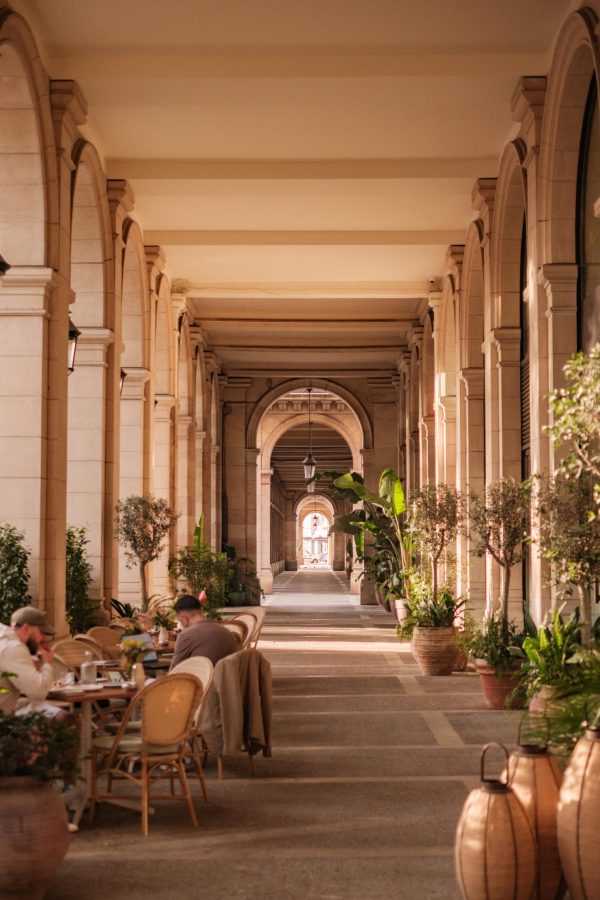What initially drew you to the world of art, and how did you discover your passion for creating?
I have always painted, even as a child. I grew up around nature and spent a lot of time growing plants in our garden. My parents are quite adventurous, so we went hiking and swimming, having experiences –but I always felt I wanted to take something physical from these places. I used to collect stones and shells to bring home, in addition to my drawings. After graduating high school, I studied design for a bit before I fully realized that art is what I wanted to do professionally.
Can you describe your artistic journey and how your style has evolved over time?
Once I had joined art school I followed a straightforward path. First, I did some foundation work in techniques and materials, and studied abroad twice – in 2020 at Seoul National University and two years later at Accademia di Belle arti di Brera Milano. In the past years, I shifted from classical oil painting to a more experimental approach mixing oils and acrylics which is super alchemical as they naturally repel each other. My latest obsession is to explore the material of wood, which I’m currently experimenting with.
What are some of the main sources of inspiration for your artworks?
My work revolves around the concepts of mythology, fantasy, the supernatural and magic. Fairytales and fables inspire the archetypes in my paintings which are often cute and playful. I love the genre of “magic realism” as it has an ethereal undertone in a relatable setting. When it comes to inspiration – basically life as a whole, with all its facets, is what keeps me moving forward artistically. It makes me ask questions, wanting to understand things better. I sometimes feel like a hedgehog digging different holes that are all contextually connected below the surface like a maze.

artwork. Leonie Specht
Could you walk us through your creative process, from conceptualization to completion?
In my studio, I have an archive of books, stories and references that surround my work, as well as sketchbooks that I keep. I work from my intuition throughout the process. Generally, I paint from base to top layer – background first, foreground last. All these layers are created separately and have to come together to reveal the final painting. Until the very last layer I don’t know how the finished work is going to look. Surprising myself constantly is an important element in my process. With the paintings for my upcoming show at Galerie Hanna Bekker vom Rath I want to dive into more complex compositions with more than one archetype, to re-contextualize them.
Many artists have certain rituals or habits they follow when they work. Do you have any particular routines or practices that help you get into the creative flow?
I keep a journal to document my thoughts daily. Every few weeks I do a research deep dive where I collect more urgent ideas so I’ll usually look at the materials for a bit before getting to work. Right now, it’s griffins, mermaids, eels and gargoyles.
Can you define what “Ornamental Portals” means to you?
I view all paintings as portals. To me, they can lead either to another world, or to a deeper realm within oneself. This dimension is fully within our own imagination, so the painting is only an access point to the actual journey. I imagine this world to be ornamental, to be created in a unique way that reflects the unconscious, like a daydream. If you can make up anything you want, what will it be?
Your artworks for “Ornamental Portals” often feature the recurring theme of “infinity.” What draws you to explore this theme, and what do you hope viewers take away from it?
I think a lot about how it is impossible to grasp the dimensions of the universe. Everything has been here for basically forever and we don’t know where it came from. But what does forever even mean? The actuality of infinity is inconceivable which evokes an immense feeling of wonder in me. I hope to inspire the viewer to remember that there is a fragment of said infinity within them, too.
This show is meant to “create an understanding of the invisible in order to feel more connected to the mysteries that surround us.” When people view this series in particular, what do you hope they take away or feel after?
I try to make my paintings look like what I see when I close my eyes – a made up mental image. There is no sense of gravity in my work, only floating beings in an undefined space. I’m fascinated by the psychological phenomenon of “magical thinking” that includes practices like performing rituals or carrying a lucky charm to bring about a certain outcome. Ultimately, my work aims to question experiences that have no seeming causal link – yet feel aligned. I am participating in an upcoming group show in Berlin that interrogates the blurred lines between intimacy and publicity which is exactly that through another lens: transporting the inner world to the outside, where do we get lost in translation?
How do you choose the mediums and materials for each piece? Do you have any favorites to work with?
I’ll usually leave it to my feelings each day which colors to mix and what kind of grid to draw. My favorite tool is one hardware store brush in particular, I believe I found it years ago in a toolbox at home. This one, I use to smudge the oil stick drawing to dilute it and make it adhere to the surface of the acrylic painting.

artwork. Leonie Specht
Collaboration can sometimes play a significant role in the creative process. Have you ever collaborated with other artists or professionals, and if so, how did those experiences influence your work?
I have an ongoing collaboration with a friend I met at design university 10 years ago. Peter Wolff, a photographer based in Berlin, has shot me in my different workspaces once per year for the past 5 years consecutively. I love the continuity of this collaboration and am grateful for the material that resulted from it. I recently got invited by another artist to show my work in Mykonos in July. Such curated events are always collaborative as well! When it comes to the creation of my work, however, I require solitude and clarity. My painting studio is in a green part of Berlin – a peaceful site by the water which provides exactly that.
Finally, what advice would you give to aspiring artists who are just starting on their creative journey?
Aim to understand your medium as deeply as possible. Only you can create the work your inner being presents to you at any given moment so learn to listen to yourself unapologetically. Finally, separate the process of creation from that of analysis. They don’t mix well!
To learn more about Ornamental Portals and Leonie Specht, follow her on Instagram and visit her website.
photography. Peter Wolff + Nora Schmelter
interview.Kelsey Barnes






























































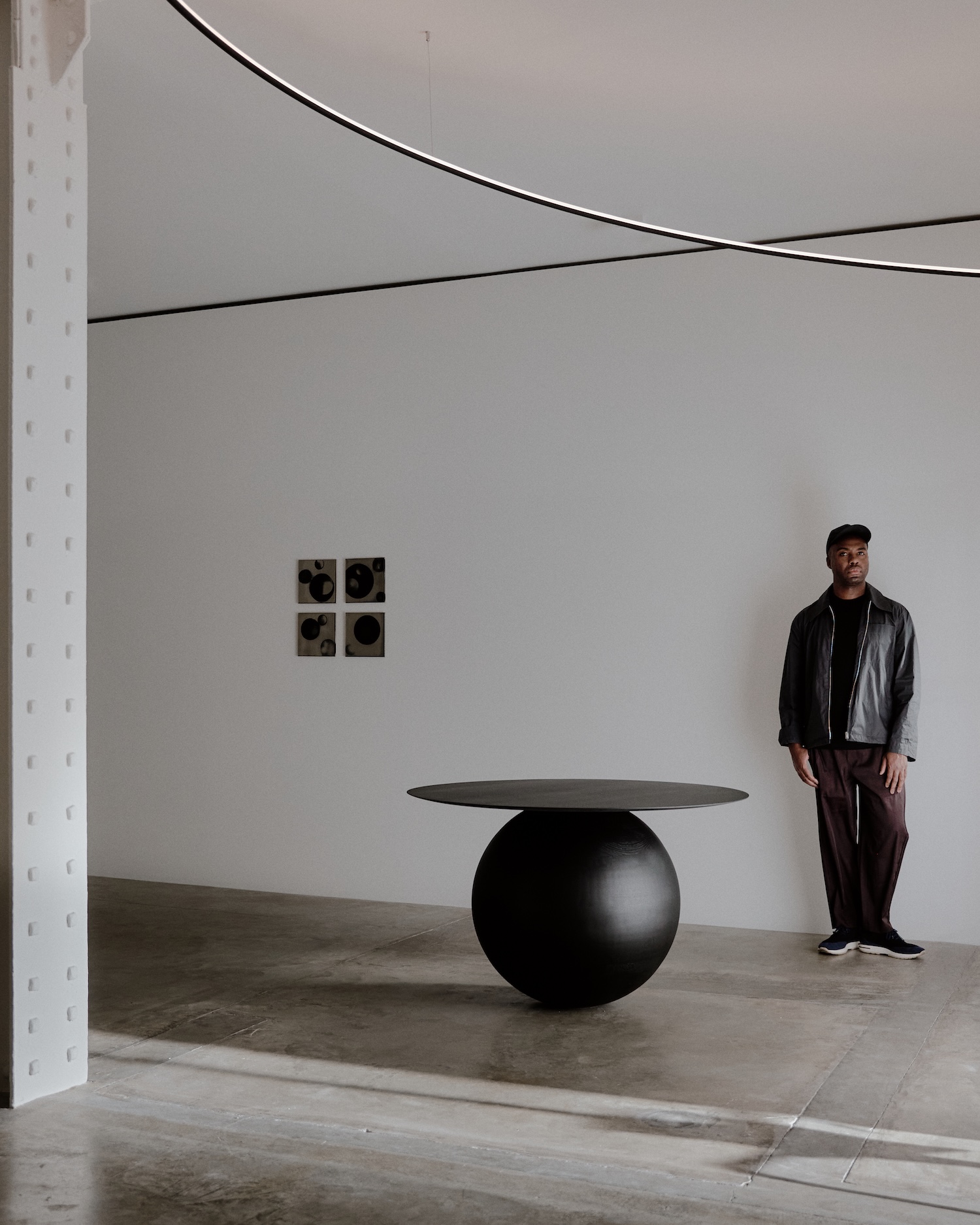
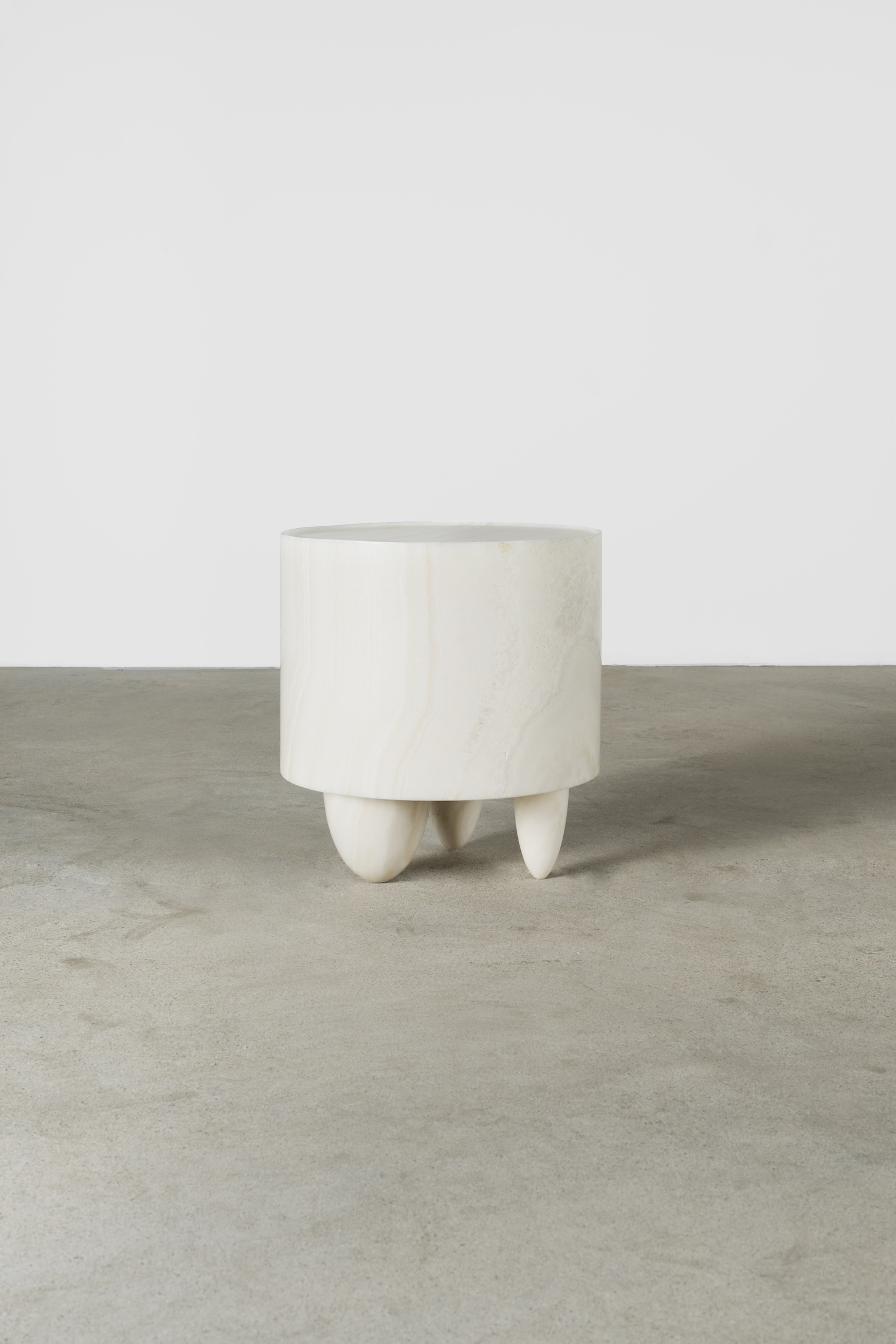
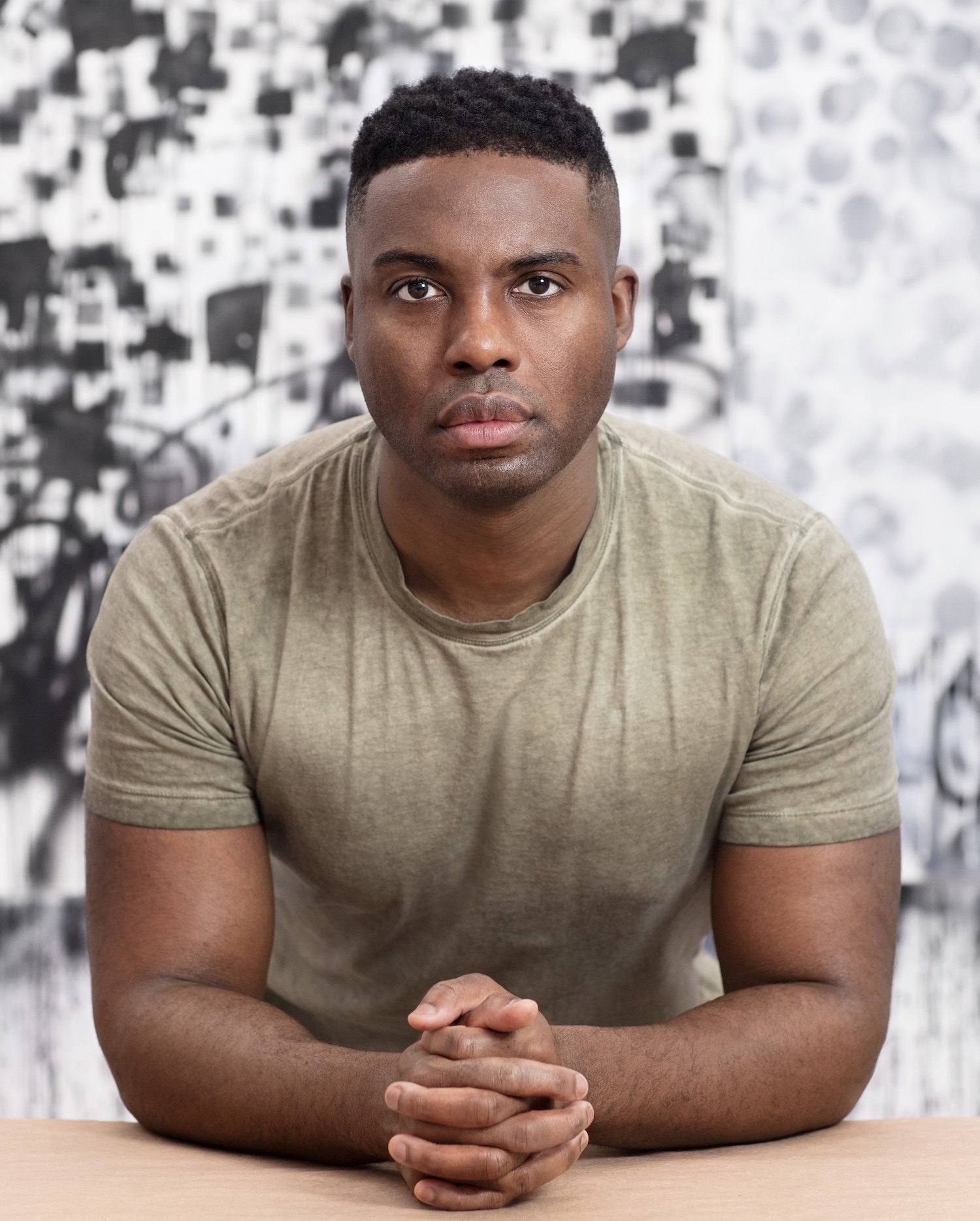

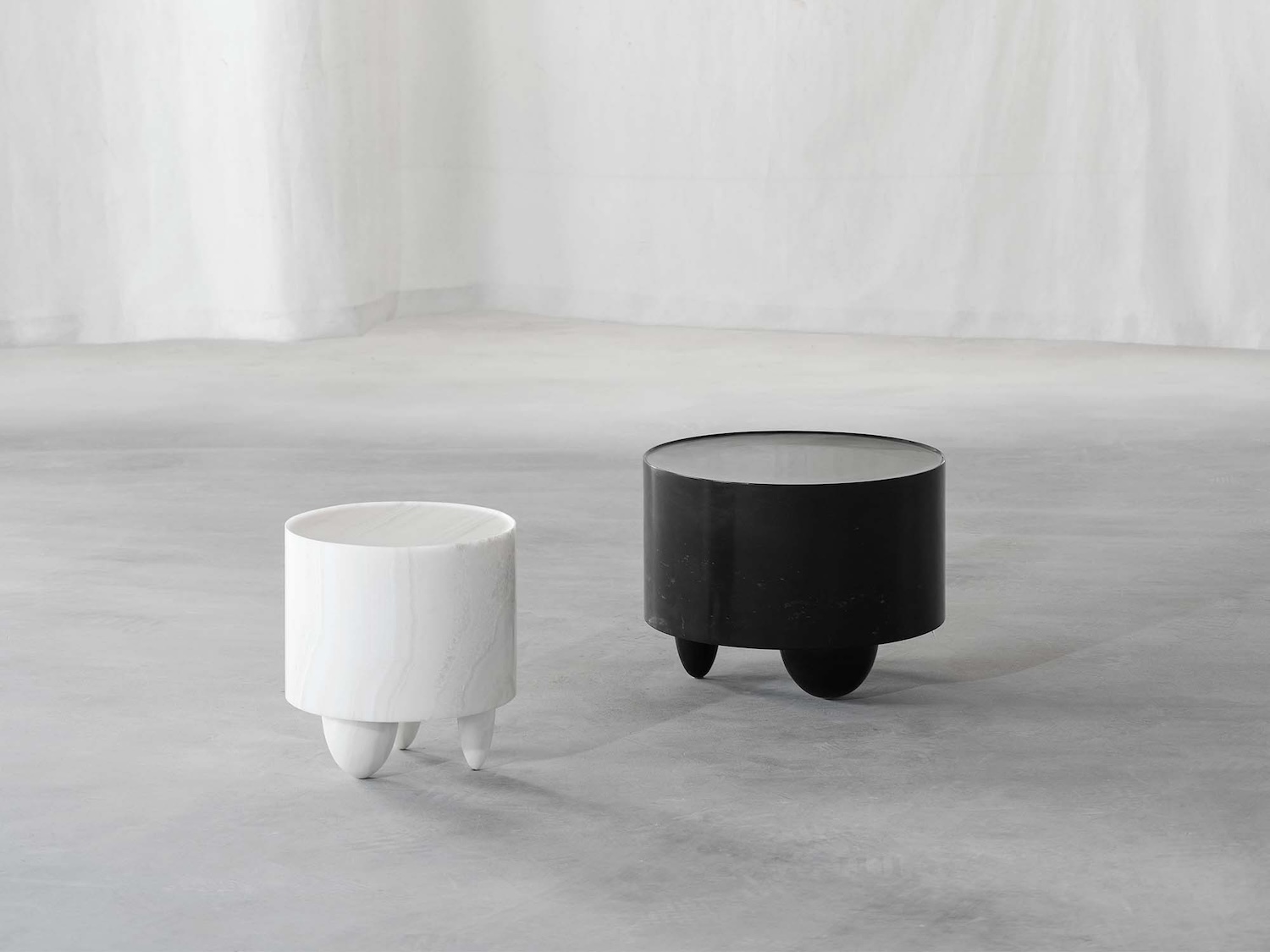
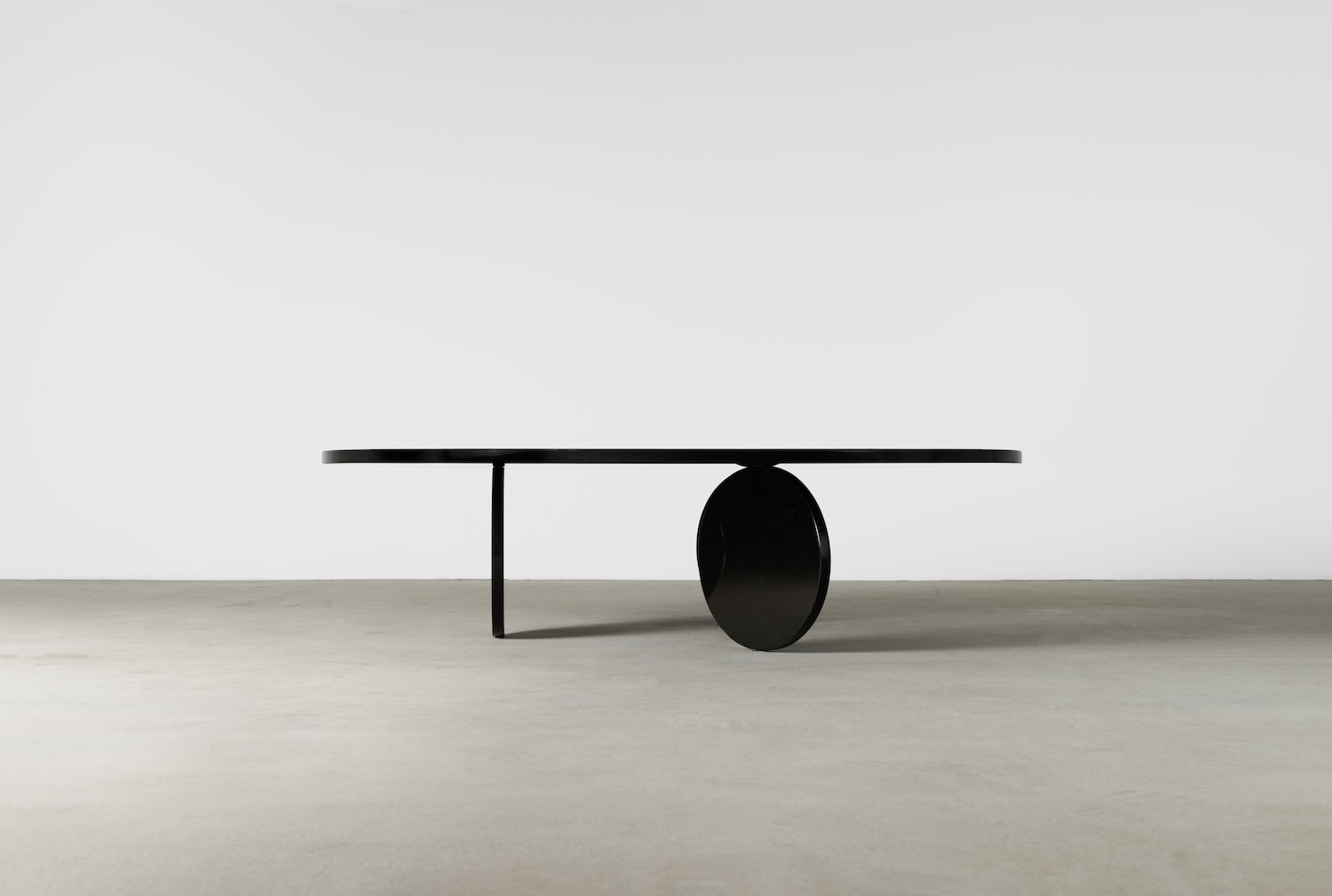

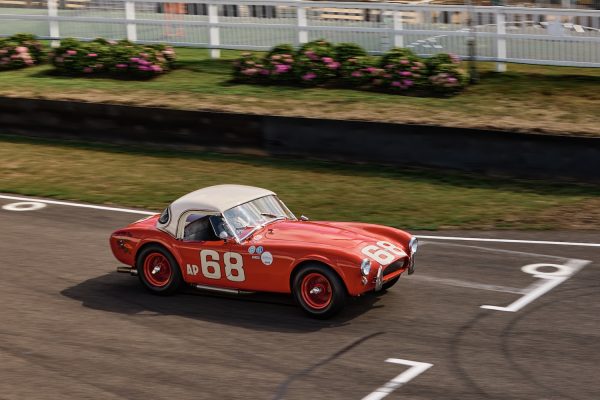
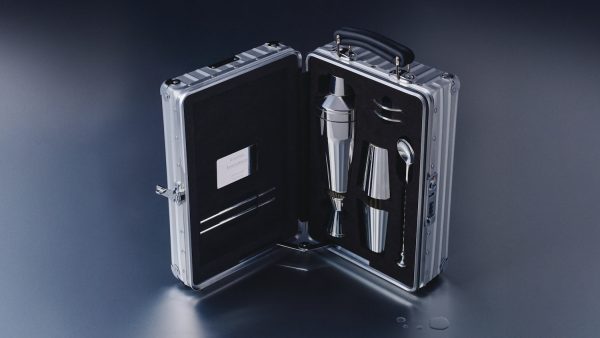

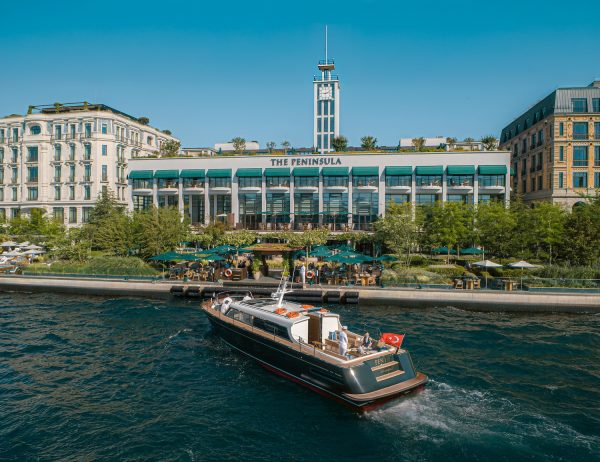

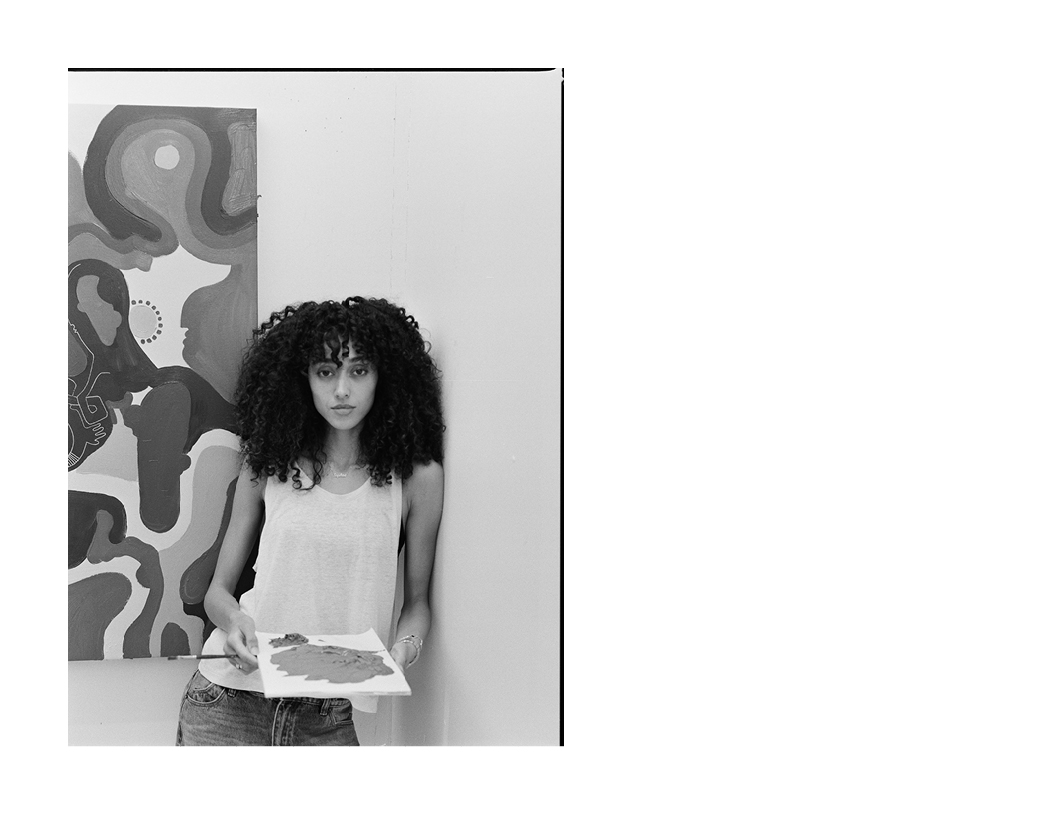
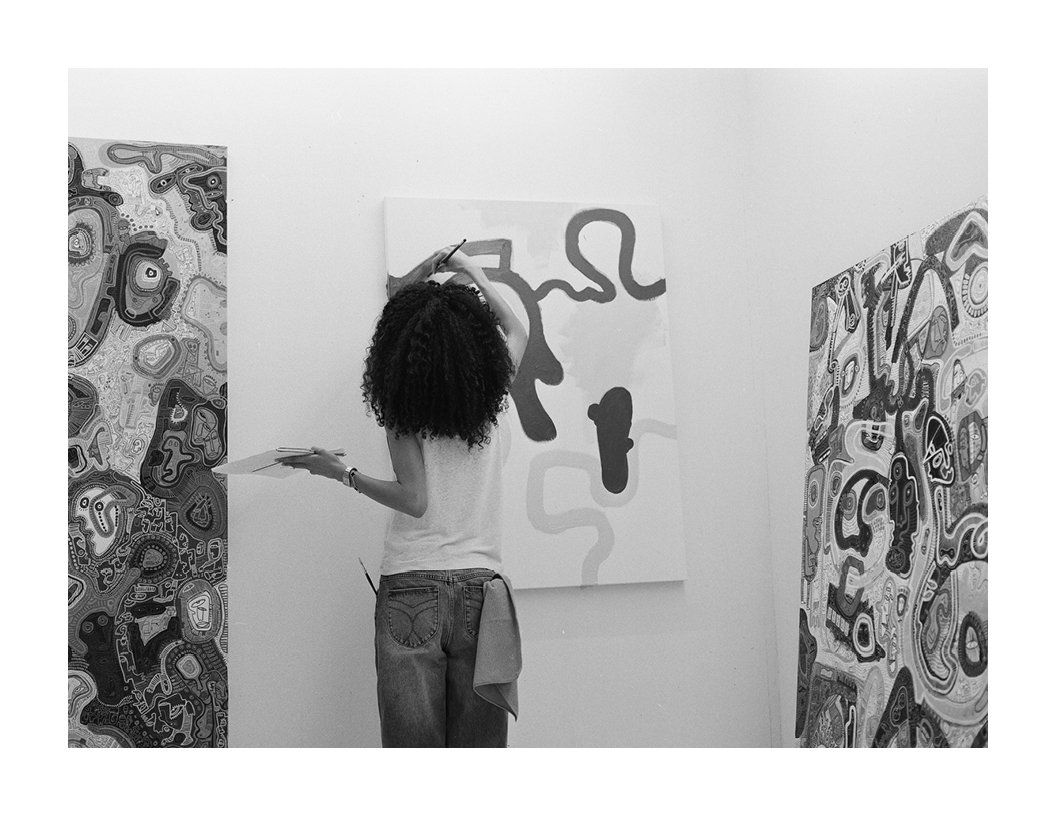


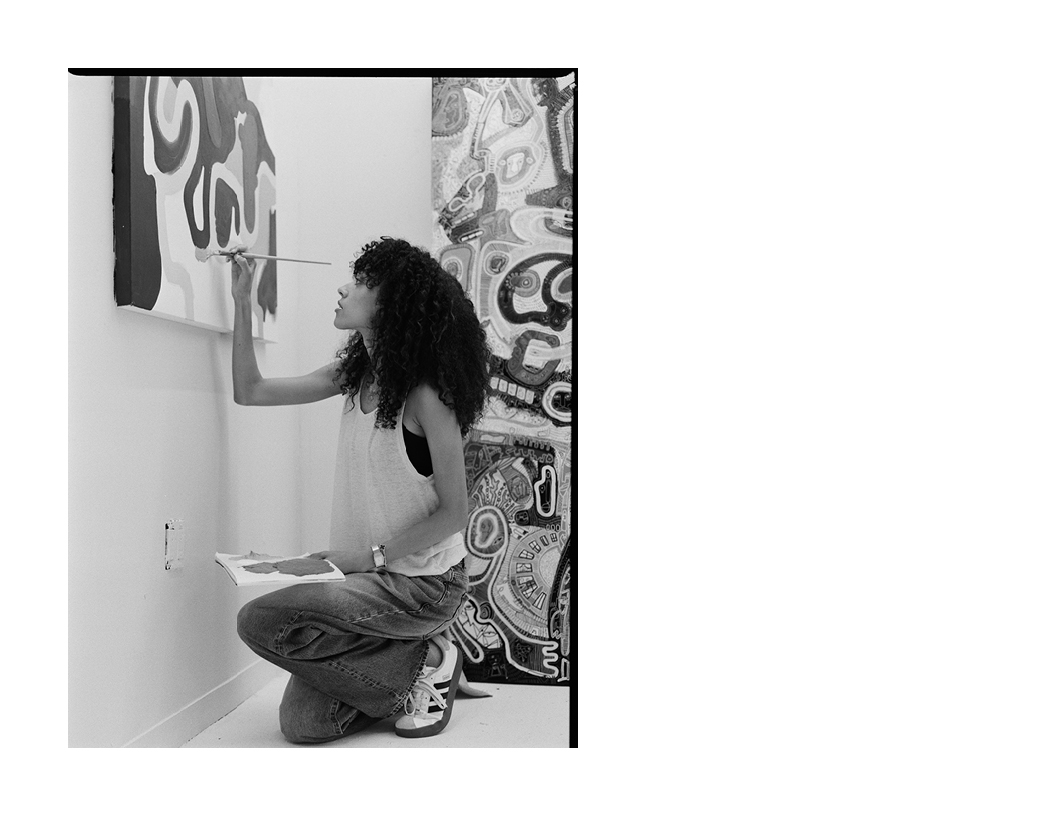




 Finally, I was wondering about your relationship with the city of Barcelona. How does your perception of the city inform your photography?
Finally, I was wondering about your relationship with the city of Barcelona. How does your perception of the city inform your photography?

